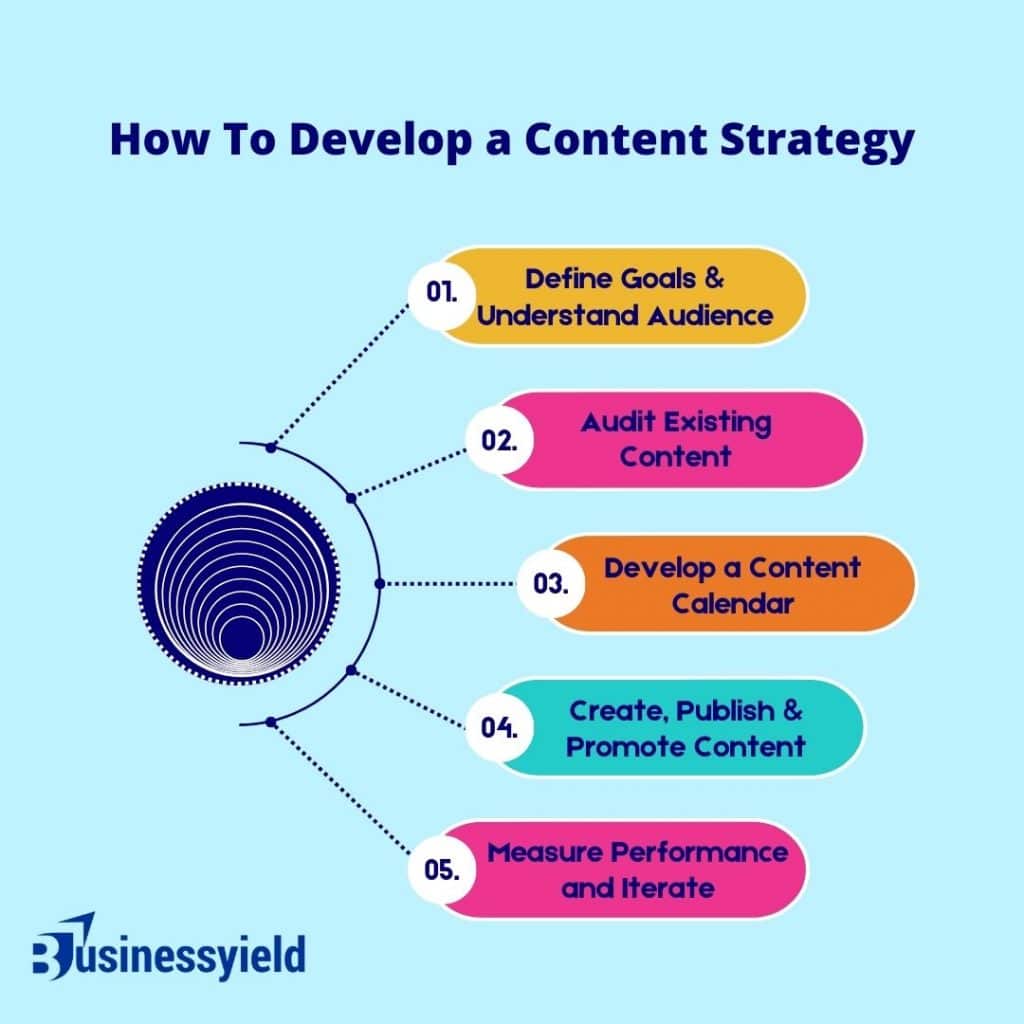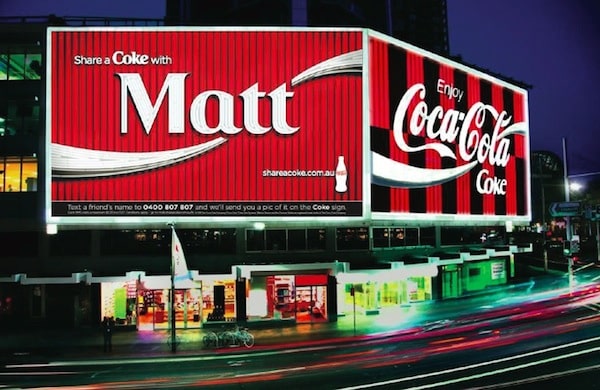Billboard advertising is a dynamic and impactful way to reach your target audience. As a seasoned marketing professional, I have witnessed firsthand the influence and effectiveness of this traditional yet innovative form of advertising. In this blog post, I will share with you the expertise and insights I have gained over the years, along with the latest industry tips and tricks, to help you master the art of billboard advertising and conquer your audience.
Billboard advertising is a powerful tool for businesses to reach their target audience. However, creating an effective billboard campaign can be challenging. That’s why I’ve compiled a list of 5 billboard advertising hacks that can help you conquer your target audience. These hacks include using eye-catching visuals, keeping your message short and simple, and targeting the right location. In this article, we’ll dive deeper into each of these hacks and provide examples of successful billboard campaigns that I have used successfully. Whether you’re a small business owner or a marketing professional, these hacks can help you take your billboard advertising to the next level.
Key Takeaways
- Design visually stunning and impactful messages that resonate with your audience, capturing attention and conveying your brand’s essence.
- Engage your audience through storytelling, creating a deeper connection that goes beyond a mere advertisement.
- Measure the success of your billboard campaigns using innovative metrics that go beyond reach and impressions, gaining valuable insights into audience engagement and campaign performance.
Understanding the Impact of Billboard Advertising
Billboard advertising is a force to be reckoned with in the marketing world. With the average person spending over 8 hours a day outside their home, billboards have the unparalleled ability to capture attention and influence consumer behavior. As I reflect on my own experiences, I have seen how strategically placed billboards can leave a lasting impression on individuals, making them a powerful tool for brand awareness and lead generation.
5 Billboard Advertising Hacks
Here are five hacks to help you conquer your target audience;
- Choose the Right Billboard Format
- Keep Your Message Simple
- Know Your Target Audience
- Integrate with Online Marketing Efforts
- Measure and optimize.
#1. Choose the Right Billboard Format
There are various types of billboard formats to consider, each with its advantages. For example, wallscapes are large-scale displays that cover entire building walls or structures, making a big impact in densely populated areas. Consider your campaign goals and target audience when selecting the format that will best serve your needs.
Creative Ways to Use Billboard Advertising in Different Industries
- Interactive Billboards: Incorporate technology and engagement to leave a lasting impact on your audience. For example, Coca-Cola’s “Hug Me” interactive billboard allowed people to hug the billboard for a free Coke, generating genuine moments.
- 3D Ads: Utilize three-dimensional elements to create eye-catching and memorable billboards.
- Environmental Integration: Integrate your billboard with the surrounding environment to make it more visually appealing and impactful.
- Light Projection: Use light projection to create dynamic and attention-grabbing billboards.
- QR Codes: Incorporate QR codes to provide an interactive experience for viewers.
- Vehicle Wraps: Utilize vehicle wraps as mobile billboards to reach audiences on the move.
- Street Art: Embrace artistic and creative elements to make your billboards stand out.
- Mobile Billboard Advertising: Take advantage of the impact of mobile billboards to reach consumers who are constantly on the move.
#2. Keep Your Message Simple
Avoid overcrowding your billboard with too much information. Trying to target as many people as possible and squeezing in lots of information can be counterproductive Instead, focus on a clear and concise message that will capture the attention of your target audience in a matter of seconds. Remember, successful billboard advertising is about delivering your message in 8 seconds or less.
#3. Know Your Target Audience
Understanding your target audience is crucial for effective billboard advertising. Identify where your target audience is most likely to be during the day and parts of the week. Consider the habits and locations of your target audience to ensure that your billboards are placed in front of the right people. Whether your goal is to increase sales, generate leads, or enhance brand awareness, a well-defined strategy will set the foundation for a successful billboard campaign.
#4. Integrate with Online Marketing Efforts
Billboards can complement your online marketing efforts by driving traffic to your business’s online presence. According to reports, outdoor billboard ads can encourage consumers to search for your business online and even bring traffic to your social media profiles. Consider including your website or social media handles on your billboard to encourage further engagement.
#5. Measure and Optimize
Continuously measure the effectiveness of your billboard advertising campaign and make adjustments as needed. Use tools like footfall tracking, surveys, or online analytics to gather data on the impact of your billboards. This data can help you understand which billboards are performing well, which messaging resonates with your audience, and which locations are most effective. By analyzing this data, you can optimize your campaign for better results.
By implementing these strategies, you can enhance the effectiveness of your billboard advertising and successfully conquer your target audience.

Benefits of Billboard Advertising
As someone who has had firsthand experience with billboard advertising, I can attest to the following benefits:
#1. High Visibility
Billboards are strategically placed along busy roads and intersections, ensuring that they are seen by a large number of people throughout the day. Unlike other forms of advertising that can be skipped or ignored, billboards are hard to miss. Their large and eye-catching displays make them a prominent feature in the urban landscape, capturing the attention of pedestrians and drivers alike.
#2. Broad Reach
Billboard ads can reach a wide variety of customers, making them an effective way to target a diverse audience. Whether it’s commuters, pedestrians, or public transportation users, billboards have the potential to reach people from different demographics and backgrounds This broad reach allows for increased brand exposure and the opportunity to connect with potential customers in unexpected areas.
#3. Brand Recognition
One of the most powerful benefits of billboard advertising is its ability to create brand recognition. By displaying your message consistently and prominently, billboards can leave a lasting impression on viewers The short and impactful nature of billboard ads, often reduced to one compelling phrase or image, helps to reinforce brand identity and make it memorable.
#4. Complement to Online Marketing
Billboards can effectively complement online marketing efforts by driving traffic to your business’s online presence. Research has shown that outdoor billboard ads can encourage consumers to search for your business online and even visit your social media profiles By including your website or social media handles on your billboard, you can encourage further engagement and interaction with your brand.
#5. Cost-Effective
While the cost of billboard advertising can vary depending on factors such as location and format, it can be a cost-effective advertising option compared to other mediums like radio or TV Billboard ads have the potential to deliver a high return on investment (ROI), with traditional billboards offering a 40% ROI and digital billboards delivering a 38% ROI. This makes billboard advertising an attractive option for businesses looking to maximize their advertising budget.
#6. Constant Exposure
Unlike other forms of advertising that can be easily skipped or ignored, billboards provide constant exposure to your message. Whether it’s during a daily commute or a regular route, billboards are consistently present in the environment, ensuring that your brand and message are repeatedly seen by the audience. This continuous exposure helps to reinforce brand awareness and increase the chances of your message being remembered.
#7. Creative Freedom
Billboards offer creative freedom in terms of design and messaging. With a large canvas to work with, businesses can create visually appealing and impactful advertisements that capture the attention of viewers. Whether it’s through striking visuals, clever slogans, or memorable imagery, billboards allow businesses to showcase their creativity and make a lasting impression on the audience.
#8. Longevity
Billboards have a longer lifespan compared to other forms of advertising. Once installed, billboards can remain in place for weeks, months, or even years, depending on the advertising campaign. This longevity ensures that your message is consistently displayed to the audience over an extended period, increasing the chances of it being seen and remembered.
Pitfalls to Avoid in Billboard Advertising
Billboard advertising can be an effective way to reach a wide audience and increase brand awareness. However, there are several pitfalls that advertisers should be aware of to ensure the success of their billboard campaigns. They include
#1. Poor Design
A poorly designed billboard can fail to present a clear message, be forgettable, and waste advertising dollars. It is important to create a visually appealing and attention-grabbing design that effectively communicates the intended message to the target audience.
#2. Lack of Strategy
Before designing a billboard, it is crucial to have a clear strategy in place. Starting with a well-defined strategy helps ensure that the billboard aligns with the overall marketing goals and objectives. Without a solid strategy, the billboard may not effectively reach the intended audience or convey the desired message.
#3. Ineffective Placement
Choosing the right location for a billboard is essential for its success. Placing the billboard in an area with low visibility or limited traffic can significantly reduce its impact It is important to conduct thorough research and select high-traffic areas where the target audience is likely to see the billboard.
#4. Lack of Targeting
Billboard advertising can reach a wide audience, but it is important to consider the target demographic and tailor the message accordingly. Failing to target the right audience can result in a lack of engagement and wasted advertising dollars.
#5. Overcrowding
Trying to include too much information on a billboard can overwhelm viewers and make the message difficult to understand. It is important to keep the design simple and concise, focusing on a single key message or call to action.
#6. Ignoring Measurement and Analytics
It is crucial to track the performance of billboard campaigns and analyze the data to determine their effectiveness. Ignoring measurement and analytics can make it difficult to assess the return on investment and make informed decisions for future campaigns.
#7. Neglecting Maintenance
Billboards require regular maintenance to ensure that they remain in good condition and continue to deliver the intended message. Neglecting maintenance can result in faded or damaged billboards that fail to capture the attention of viewers.
You can check out this billboard advertising checklist.
How to Determine the Optimal Size for Your Billboard
Determining the optimal size for a billboard depends on various factors, including the type of
#1. Type of Advertisement
Consider whether people are already familiar with your brand or if you need to provide more information. If you need to convey a catchy tagline or a brief message, a smaller billboard size, like a junior poster, may be suitable. On the other hand, if you require more space to explain your business or direct people to a website, a larger size may be necessary.
#2. Target Audience
Understanding your target audience is crucial to determining the optimal size. Consider the viewing distance and the environment in which the billboard will be placed. For example, if the billboard is viewed from a distance, such as on a highway, a larger size may be more effective in capturing attention. If the billboard will be seen by pedestrians at a closer range, a smaller size may be sufficient.
#3. Budget
The size of the billboard can impact the cost of advertising. Larger billboards generally come with higher costs, including production and placement expenses. It is important to balance the desired size with the available budget to ensure cost-effectiveness.
#4. Message and Content Requirements
Analyze the content and message you want to convey on the billboard. If your message is concise and can be effectively communicated in a smaller space, a smaller billboard size may be appropriate. However, if your message requires more visual elements or detailed information, a larger size may be necessary to accommodate the content.
#5. Location
Consider the location where the billboard will be placed. Factors such as traffic patterns, viewing angles, and visibility should be taken into account. If the billboard is placed in a high-traffic area with good visibility, a smaller size may still be effective. However, if the location has limited visibility or the billboard needs to compete with other visual distractions, a larger size may be more impactful.
Here is a video I picked to help you with your location selection:
Examples of Successful Billboard Advertising Campaigns
These case studies provide real-world examples of successful billboard advertising campaigns, highlighting the strategies used and the outcomes achieved.

Coca-Cola’s “Share a Coke” campaign, launched initially in Australia in 2011, was a groundbreaking approach to personalized marketing. The campaign involved changing the traditional Coca-Cola logo on bottles with popular names.
Billboard Strategy: Coca-Cola extended this personalization to its billboard advertising. They installed digital billboards in high-traffic locations that allowed people to input their names through a mobile app. The billboard would then display a personalized Coke bottle with the user’s name.
Implementation:
- Locations: Billboards were placed in bustling areas like shopping malls and city centers.
- Technology: Integration of digital billboards with mobile technology.
- Personalization: Each billboard ad was personalized, creating a unique experience.
Results:
- The campaign generated immense social media buzz, with people sharing images of their personalized billboards.
- Coca-Cola reported a significant increase in sales, particularly among young adults.
- The campaign strengthened brand engagement and customer loyalty.
Takeaway: The “Share a Coke” campaign demonstrates the effectiveness of combining personalization with billboard advertising to create a direct connection with the audience.
Case Study 2: Spotify’s “Thanks 2016, It’s Been Weird” Campaign
In 2016, Spotify, the popular music streaming service, launched a global marketing campaign that used data-driven insights to create humorous and relatable billboard messages.

Billboard Strategy: Spotify used data analytics to gather interesting user behavior and trends over the years. The campaign featured various billboards, each displaying a funny and often quirky message based on real user data, such as “Dear person who played ‘Sorry’ 42 times on Valentine’s Day, What did you do?”
Implementation:
- Locations: Billboards were strategically placed in markets with a significant Spotify user base.
- Data-Driven: Utilized user data to create content that was both humorous and intriguing.
- Relatability: The messages were crafted to resonate with the wider public.
Results:
- The campaign went viral, with extensive coverage on social media and in the press.
- Spotify experienced increased user engagement and brand visibility.
- The campaign was praised for its innovative use of data and humor in advertising.
Spotify’s campaign highlights the power of using data-driven insights in billboard advertising to create engaging, relatable, and memorable content.
Is Billboard Advertising that Effective?
Billboard advertising can be effective in increasing brand awareness and reaching a broad audience. They have the potential to generate significant impressions, grab attention, and complement digital advertising efforts. Factors such as design, location, and target audience can impact their effectiveness. While digital advertising has grown, billboards still play a valuable role in integrated marketing strategies.
How Long Should I Display On A Billboard Ad?
The duration of displaying a billboard ad depends on campaign goals, budget, and target audience. There is no one-size-fits-all answer, but it typically ranges from a few weeks to several months. Digital billboard ads are often displayed for 8 to 15 seconds per “blip” or “slot.” The duration should be long enough to convey the message effectively, but not too long to lose viewer attention. The cost of billboard advertising varies based on the duration of the campaign. It is advisable to consult with professionals or agencies for guidance in determining the optimal duration for your specific campaign.
How Can I Track the Effectiveness of My Billboard Campaign?
To track the effectiveness of a billboard campaign, measure ROI, analyze website data, track phone calls and leads, gather customer feedback, and use billboard analytics tools. Consulting professionals or agencies can provide further guidance.
Are There Legal Considerations For Billboard Advertising?
There are legal considerations for billboard advertising. Federal, state, and local laws regulate the size, lighting, spacing, and content of billboards. Some municipalities have specific regulations regarding the placement of billboards near residential areas or schools, particularly for advertisements related to tobacco and alcohol. The First Amendment also raises questions about the extent to which the government can limit access to public billboards or prohibit privately owned billboards. It is important to be aware of these regulations and comply with them when planning a billboard campaign.
Conclusion
Billboard advertising is a captivating journey that transcends traditional marketing techniques. From the emotional connection they evoke to their unwavering effectiveness, billboards continue to command attention and shape brand narratives. As we move into the digital age, the rise of digital billboards and innovative ideas pushes the boundaries of creativity and personalization.
More importantly, billboard advertising remains a potent and influential force in the marketing world. By leveraging the creative hacks and expert insights shared in this blog post, you can conquer your target audience and elevate your brand to new heights. I’d like to ask you a question: How will you use the power of billboard advertising to captivate your audience and create a memorable brand experience?
- What Is A Billboard, and How Much Will It Cost In 2023
- TRADITIONAL MARKETING: Definition, Types & Differences
- Advertisement Ideas: 21+ Advertising Ideas to Help Increase Sales
- The Power of Outdoor Advertising: Connecting with Customers Everywhere






